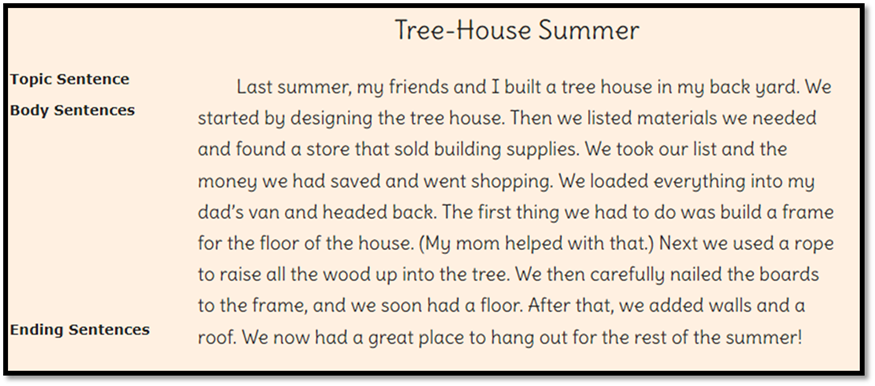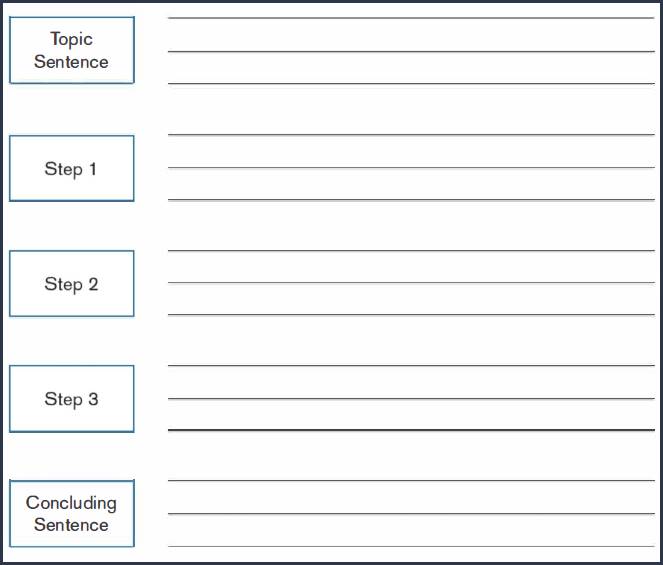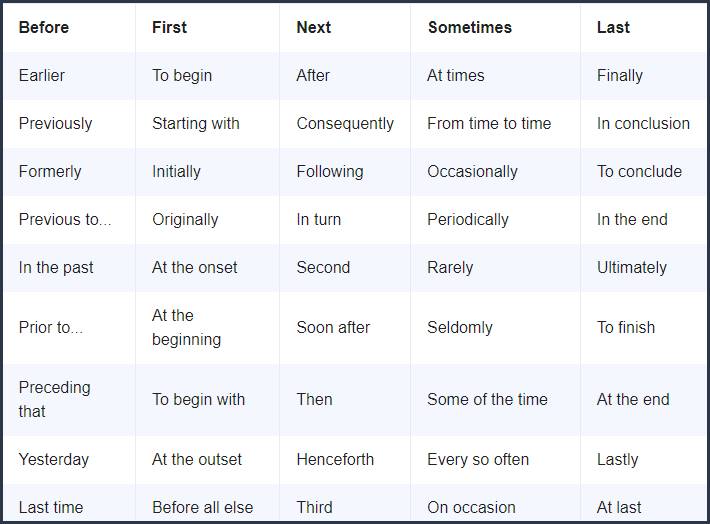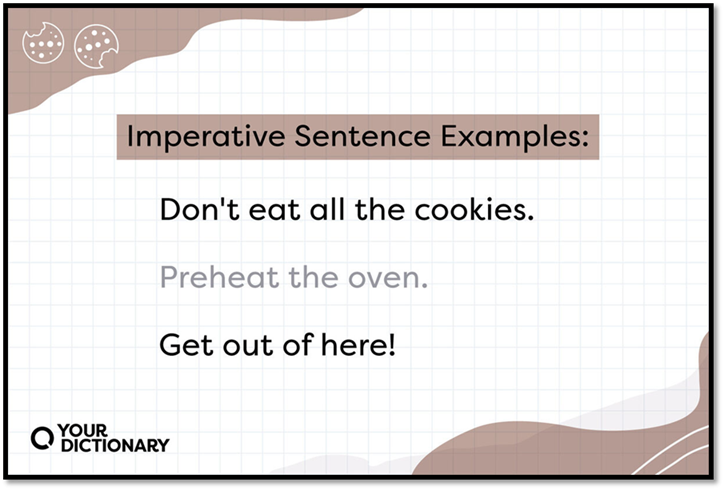Writing a Process Paragraph
Unit Overview
By the end of the unit, you will develop the
skill of writing a well-structured process paragraph, incorporating
transitional words for sequencing and chronological order while utilizing
imperative sentences. You will be able to clearly articulate a series of steps
or stages in a process, using transition words such as "first,"
"next," "then," and "finally" to provide a
logical flow. You will also proficiently use imperative sentences to express
instructions or commands concisely and authoritatively.
What is a Process
Paragraph?
A process paragraph serves the purpose of explaining the steps
involved in completing a task. It breaks down the process into distinct stages,
presented chronologically, reflecting
the sequence of events over time.
Time-related expressions or phrases indicate the order of the steps, providing
clarity to the reader. The paragraph concludes by stating a specific outcome,
which denotes the result of the entire process.
Below is an example of
a Process Paragraph.

When constructing a
process paragraph, the writer may use the imperative
form.
·
"First, sit down. Next, open your book."
o
the example above is to provide direct instructions.
·
"you" or "we"
o
the example above involves the reader or conveys a shared
experience.
· "First, you put
your credit card into the reader. Next, you enter your four-digit PIN."
Below is another
example of a Process Paragraph.
|
A Healthy Smoothie To prepare a healthy smoothie, start by
gathering your ingredients. You'll need fresh fruits like bananas, berries,
or mangoes, a liquid base like almond milk or coconut water, and optional
add-ins like spinach or chia seeds. Peel and chop the fruits into smaller
pieces for easier blending. If you're using add-ins, wash them and prepare
them accordingly. Next, add the fruits and any desired add-ins to a blender.
Pour in the liquid base to reach your preferred consistency. Blend everything
on high speed until smooth and well combined. You can enjoy a refreshing and
nutritious smoothie that boosts vitamins, minerals, and fiber in just a few
simple steps. Feel free to experiment with different fruit combinations and
add-ins to discover your favorite flavors. Cheers to a healthy and delicious
way to start your day or satisfy your cravings! |
In summary, a process
paragraph:
1. explains a sequence or process
2. presents facts and details in chronological order
3. uses time words or phrases such as first, second, after
that, and last
4. ends with a specified result

Let's Practice
Chronological Order and Sequencing
To show chronological order in a process,
writers use various structures.
1. Transition words and phrases
a. First, Second, Next,
Then, In addition, Finally
i. First, you must buy a notebook with at least 200 pages.
ii. Finally, practice our new vocabulary words every day.
2. Subject phrases
a. The first step (is to)…
b. The last step (is to)…
i. The last step is to put the corner of the hamburger in your
mouth and take a bite.
3.
Clauses beginning with before,
after, the next thing, the last thing
a. After you finish step
one, the next thing you should do is…
i. After you finish your first hamburger, you can prepare for
the next one.
ii. The next thing you should do is decide if you want
to eat the hamburger before others.

Let’s Practice
Click the image below to complete a learning activity on
sequence.
Username
masloski7511
Password
lemon6753
Understanding Grammar: Imperative Sentence
Imperative sentences give directions or
commands.
Use the base form of the verb to begin an
imperative sentence. There is no subject
in this form and the subject is understood as ‘you.”
o Mix these ingredients well.

Imperative sentences are common in writing that
tells the reader how to do something.
|
To
determine whether fire needs air, do
a simple experiment with a small candle and a jar with a lid. Place
the candle in the jar. Light the candle. Then put the lid on the jar. |
Let’s Practice
Click here to complete a learning activity on Imperative
sentences.
Building
Better Vocabulary
Click
on the vocabulary words.
divide
To separate or split something into smaller parts.
embarrassing
Causing a feeling of self-consciousness or shame.
messy
Untidy or disorderly.
original
Being the first of its kind; not imitated or copied.
reach
To extend one's arm or hand in order to touch, grasp, or retrieve something.
assume
To suppose or take for granted without evidence or proof.
experiment
A scientific procedure undertaken to make a discovery, test a hypothesis, or demonstrate a known fact.
select
To carefully choose or pick out from a larger group.
slight
Small in degree or amount; of little importance.
substitute
To use or serve as a replacement for something else.
